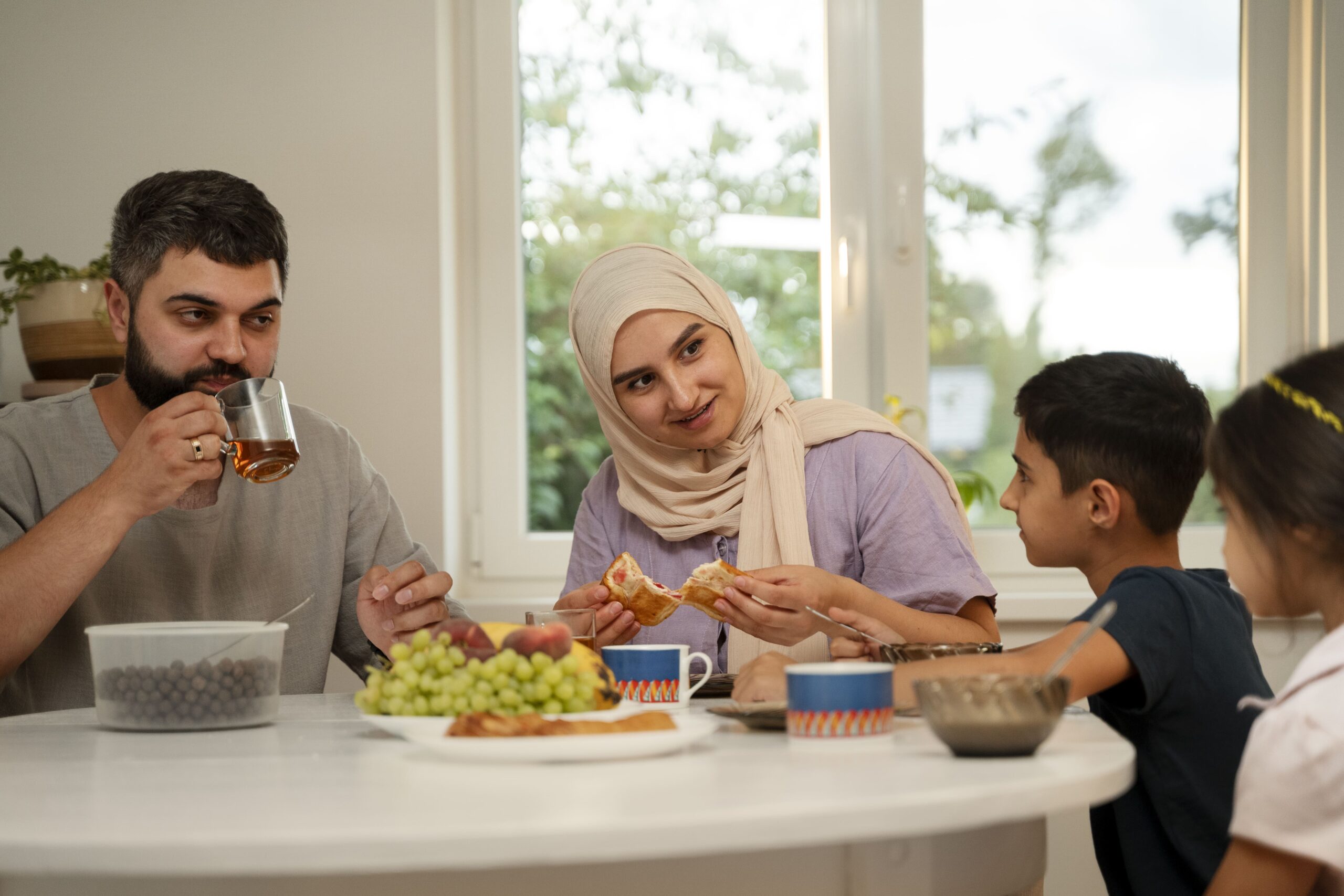Introduction
In a world that often values constant connection, it might seem counterintuitive to suggest that ‘space’ can be beneficial for family relationships. However, the power of distance, when used in the right way, can foster deeper understanding, stronger bonds, and healthier interactions between family members, and is actually crucial for effective family conflict resolution.
Why Space Matters
1. Preserving Individuality
Our perspectives of the world are shaped by our personal experiences, the people we interact with, our failures, our successes – they all make us who we are and that’s what develops our “personal growth”.
Space is essential for individuals to develop their own interests, hobbies, relationships and interactions. When children are given that space for their personal growth, they develop their sense of independence and self-security, which prevents them to feel overwhelmed and “suffocated” by their parents – in return, this allows them to build a stronger bond with their parents as trust has been established.
2. Strengthening Communication
Absence makes the heart grow fonder – but, how? Well, firstly you start valuing quality over quantity. If you’re surrounded by the same people 24/7, your time together often becomes less valuable since you’re always with them. Similarly, when family members aren’t constantly together, they value their time together more. This can lead to more meaningful and insightful conversations.
3. Reducing Stress and Conflict
Constant togetherness can lead to increased stress and friction within a family. Space provides an opportunity for individuals to de-stress, recharge, and return to family interactions with a calmer and more positive mindset. When family members have the space to process their emotions and thoughts independently, they are better equipped to communicate and resolve conflicts constructively.
How to Create Healthy Space
1. Physical Space:
– Personal Retreats: Encourage family members to have their own private spaces, such as a bedroom or a quiet corner.
– Shared Spaces: Designate specific areas for shared activities and quiet time.
2. Emotional Space:
– Open Communication: Create a safe space for honest and open conversations.
– Respectful Boundaries: Establish clear boundaries and respect each other’s needs.
– Active listening: Practice active listening skills to truly understand each other’s perspectives.
3. Time Space:
– Individual Time: Schedule time for personal hobbies, interests, and relaxation.
– Family Time: Dedicate specific times for family activities and traditions.
Creating space within family relationships is an ongoing process that requires continuous effort and adaptation. It’s important to remember that the amount of space needed will vary for each individual and family. Open communication and a willingness to experiment are key to finding the right balance. If you’re finding it challenging to navigate these dynamics, please feel free to reach out to us, you are not alone!
By intentionally creating space within our family relationships, we can foster a healthier, more harmonious, and resilient family unit. Remember, sometimes, less is more.







